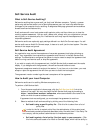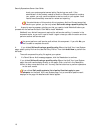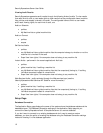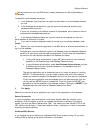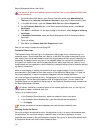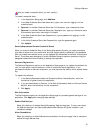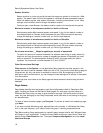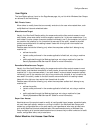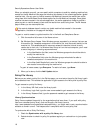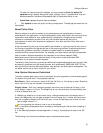SecurityExpressions Server User Guide
12
Viewing Audit Results
SecurityExpressions generates audit results through the following kinds of audits. To view results
from each kind of audit, a user needs rights to view results from key configurable items (machine
lists, policies, and scopes) involved in the audit. The configurable items to which a user needs
audit-result viewing rights, for each kind of audit, are:
Audit on Schedule
• policies
• My Machine Lists or global machine lists
Audit on Connect
• policies
• scopes
Self-Service Audits
• policies
• any My Machine Lists or global machine lists the computer belongs to, whether or not the
machine list is involved in the audit
• Super User item rights, if the computer does not belong to any machine list
Instant Audits - performed in the console application's Audit tab
• policies
• global machine lists, if auditing a machine list
• any My Machine Lists or global machine lists that the computer(s) belong to, if auditing
individual computers instead of a machine list
• Super User item rights, if the computer does not belong to any machine list
Web-Services Audits - audits activated through the Web-services layer (see the
SecurityExpressions Web Services API Guide
for more information)
• policies
• global machine lists, if auditing a machine list
• any My Machine Lists or global machine lists that the computer(s) belong to, if auditing
individual computers instead of a machine list
• Super User item rights, if the computer does not belong to any machine list
Setup Page
Database Connection
The Application Setup page displays the name of the system where the database resides and the
database's name. The Database Connection settings on the Application Setup page let you
connect the SecurityExpressions Audit & Compliance Server to a central database.
If you don’t want to connect to an existing database and don’t need to create a custom
database, you have the option of creating the database using the Database Connection settings
instead of creating it in the database application.








